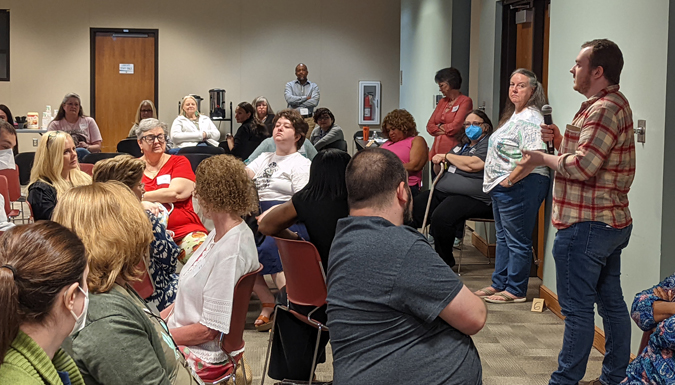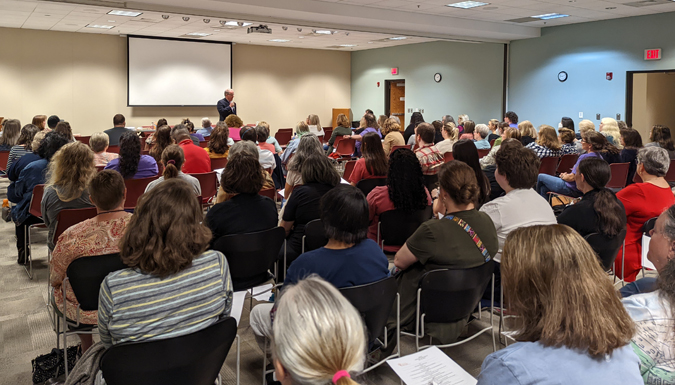
Community Dialogues
A foundational principle underneath the dialogue processes is the importance of community organization and planning. Unlike some types of CES programs, Coming Together dialogues cannot effectively take place in communities without investing in the work of collaborative planning. Thus, steps to dialogue efforts in communities include:
- Engaging with communities through the planning efforts
- Training volunteer facilitators
- Hosting/facilitating a complete dialogue process using one of the community dialogue methods
- Aiding the community as needed in organizing action teams that result from the process.
Other Ways That CTRU Can Be Used
CTRU Train-the-Trainer full curriculum recognizes the need for CES to have a basic understanding of some of the challenges around building relationships among people of different racial/ethnic backgrounds. It is possible that CTRU trainers may have opportunities to use these materials in smaller segments with both CES professionals as well as communities to help meet identified needs. However, if only a portion of the materials are used, workshops are tasting sessions of CTRU and are not the full training. Training around the central work of dialogues to promote understanding and to lead to lasting community change is essential to CTRU efforts.
Facilitator Training
Community initiatives usually involve large numbers of people in many dialogue circles. Using Everyday Democracy training guides, we can structure workshops to train public dialogue facilitators.
Some of the topics covered in the training include:
- Setting Ground Rules
- Facilitator Recording
- Staying Neutral
- Leading a Brainstorm
- Developing Action Ideas
- Prioritizing a List of Ideas for Action
- Managing Conflict – Dealing with emotions
A Dialogue Approach to Community Change
The process begins with communities walking through an organizing phase that includes building a coalition, organizing training, recruiting both participants and facilitators, and training facilitators. The community is then ready for a kick-off event that launches the dialogue process. The dialogues run for several weeks and culminates in an Action Forum which brings all participants back together. The Action Forum launches the action phase in which the community takes collective and individual action to lead to community change. During this time, institutional and policy changes may be addressed. All of this happens through the lens of racial and intergenerational equity.


